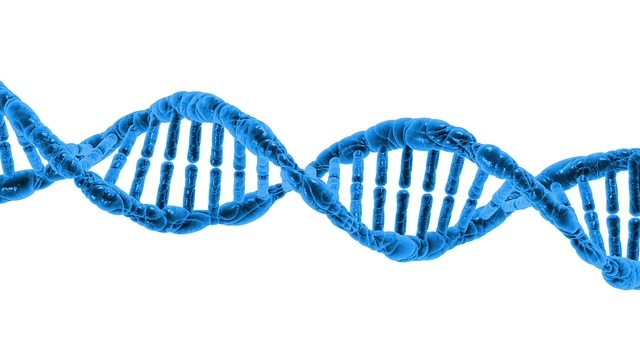Scientists Explain: How DNA repairs itself
DNA’s G, C, A and T groups are constantly at risk of getting mixed up, but we now know that DNA has a crack team of enzymes that are primed to repair any damage. For instance, a C group in a CG base pair can decay at any time to lose an amino group and render itself unreadable.
We had no idea how the body counteracted this, until Lindahl discovered an enzyme able to remove the specific damaged C nucleotide. If UV radiation causes two T groups to bind together, another enzyme found by Sancar will cut out the defunct strand and let it be replaced.
If the GCAT nucleotides don’t link to each other correctly (so if A accidentally matches itself to C, for example, or G to T), a third enzyme, found by Modrich, will cut the section open and again allow it to heal. These enzymes are pretty handy; without them, life would not have evolved at all.
This work recently won the Nobel prize for Chemistry – read more about this and the other Nobel Prizes in this unofficial guide.

Comments